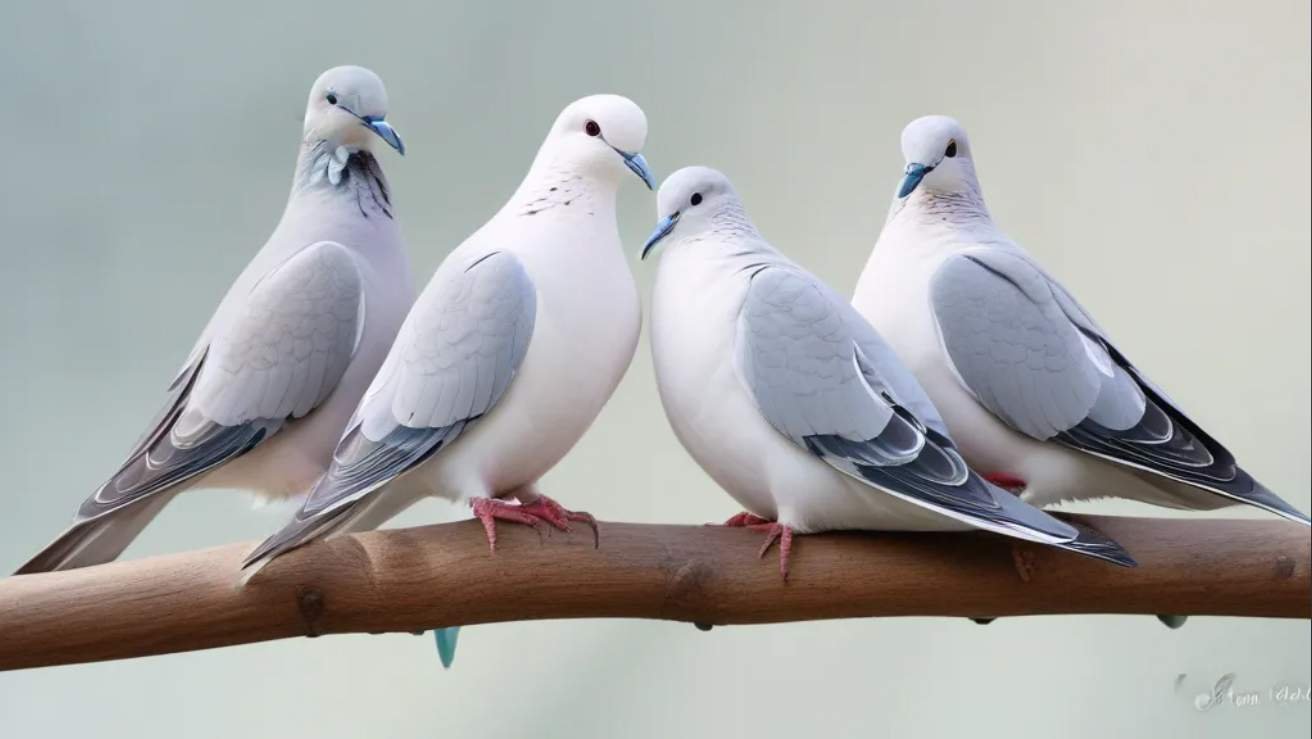Welcome, outdoor enthusiasts! As summer’s heat begins to fade into the crisp, golden days of early fall, hunters across the Buckeye State eagerly anticipate the arrival of wingshooting season. There’s nothing quite like the thrill of fast-flying birds darting across a harvest field at sunset, testing your reflexes and marksmanship. This comprehensive guide covers everything you need for Ohio’s 2025-2026 migratory bird hunting opportunities, focusing on those speedy aerial acrobats that make for such exciting sport. We’ll break down all the essential details—from precise dates and regulations to license info and pro tips—so you can focus on enjoying some of the best hunting the Midwest has to offer. Let’s dive in! 🌅
At a Glance: Ohio’s Migratory Bird Seasons
| Species | 2025 Season Dates | Daily Bag Limit | Possession Limit |
|---|---|---|---|
| Mourning Dove | Sept 1 – Nov 9 | 15 | 45 |
| White-winged Dove | Sept 1 – Nov 9 | 15 | 45 |
| Eurasian Collared-Dove | Year-round | No limit | No limit |
| Sora & Virginia Rails | Sept 1 – Nov 9 | 25 | 75 |
| Common Snipe | Sept 1 – Nov 9 | 8 | 24 |
| Woodcock | Oct 15 – Nov 28 | 3 | 9 |
Note: White-winged and Mourning dove limits are combined. All dates are based on 2024-2025 framework and projected for 2025-2026.
Detailed 2025-2026 Season Breakdown
Ohio offers excellent hunting opportunities for various migratory birds, with seasons designed to align with migration patterns and population management goals.
Mourning & White-winged Dove
The traditional opener on September 1st marks a celebrated occasion for Ohio hunters. These swift flyers provide exciting action across the state’s agricultural lands and water sources.
- Season Dates: September 1 – November 9, 2025
- Shooting Hours: 30 minutes before sunrise to sunset
- Bag Limits: 15 daily, 45 in possession after second day (combined for both species)
Eurasian Collared-Dove
This non-native species offers additional opportunities throughout the year:
- Season: Open year-round (April 1, 2025 – March 31, 2026)
- Bag Limits: No daily or possession limits
- Note: These birds are larger than mourning doves and often found near farmsteads and suburban areas
Other Migratory Game Birds
While pursuing doves, you might encounter these other species that share similar habitats:
- Rails (Sora & Virginia): Season runs September 1 – November 9 with a 25 daily bag limit
- Common Snipe: September 1 – November 9 season with 8 daily bag limit
- Woodcock: October 15 – November 28 season with 3 daily bag limit
Understanding Ohio’s Hunting Regulations
Knowing and following the rules ensures both your safety and the sustainability of our wildlife resources.
- HIP Certification Required: All migratory bird hunters must obtain a free Harvest Information Program certification each year
- Shotgun Restrictions: Shotguns must be plugged to hold no more than three shells
- Baiting Regulations: Hunting over baited areas is illegal—ensure your hunting location is natural
- Non-toxic Shot: Required for hunting rails and snipe on certain managed areas
- Transportation: All migratory birds must have one fully feathered wing attached during transport
License and Tag Requirements
All hunters must possess the appropriate licenses and permits before heading afield.
2025-2026 License Fees:
| License Type | Resident Fee | Non-Resident Fee |
|---|---|---|
| Adult Hunting License | $19.00 | $125.00 |
| Youth Hunting License | $10.00 | $10.00 |
| Senior License (66+) | $10.00 | N/A |
| Ohio Wetlands Stamp | $15.00 | $15.00 |
| Federal Duck Stamp | $25.00 | $25.00 |
License Requirements
- Age Requirements: All hunters born after January 1, 1982 must complete hunter education certification
- Youth Hunters: Those under 18 must be accompanied by a licensed adult
- Residency: Ohio residents must have lived in the state for at least 6 consecutive months
- Military: Active military personnel stationed in Ohio qualify for resident licenses
Frequently Asked Questions
Q: How do I get my HIP certification?
A: You can add HIP certification when purchasing your license from any authorized agent or through the Ohio Wildlife Licensing System online.
Q: Where are good public hunting areas in Ohio?
A: Ohio offers numerous wildlife areas excellent for dove hunting, including Delaware, Killdeer Plains, and Woodbury Wildlife Areas. Always check area-specific regulations before hunting.
Q: Can I use electronic calls for doves?
A: Yes, electronic calls are permitted for dove hunting in Ohio.
Q: Is there a youth hunting season?
A: While there’s no separate youth season for doves, the regular season provides excellent opportunities for mentoring new hunters.
Q: What’s the best time of day to hunt?
A: Early mornings and late afternoons typically offer the best action as birds move between roosting and feeding areas.
Final Thoughts
Ohio’s 2025-2026 wingshooting season promises fantastic opportunities for both experienced hunters and those new to the sport. With generous seasons and abundant public hunting lands, the Buckeye State remains a premier destination for migratory bird hunters. Remember to obtain your licenses and HIP certification, review current regulations, practice firearm safety, and most importantly—enjoy your time in Ohio’s beautiful outdoors. Here’s to safe hunting and memorable experiences in the field! 🎯
All hunters should verify current regulations, dates, and requirements through the official Ohio Department of Natural Resources Division of Wildlife before engaging in any hunting activities.

